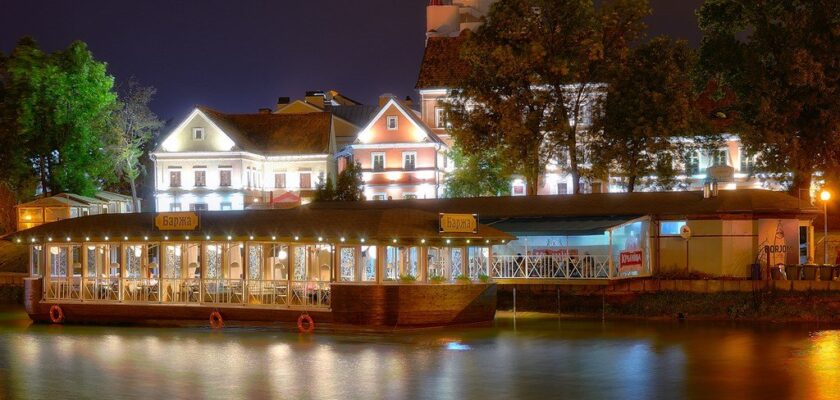Troitskoye predmestye
Troitskoye Predmestye, located in the historical center of Minsk, is a cozy old quarter located on the coast of the Svisloch River. This picturesque place is unique in its own way, because here are concentrated unique monuments of the past, allowing you to appreciate and feel the flavor of many eras. It is not for nothing that Troitskoye Predmestye is called the visiting card of the Belarusian capital and its visit is definitely included in the excursion routes around the city.
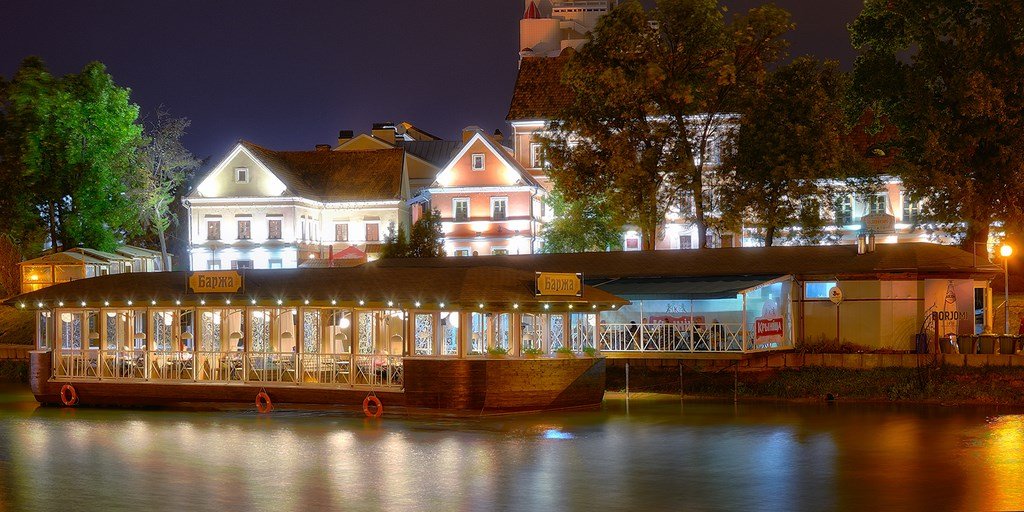
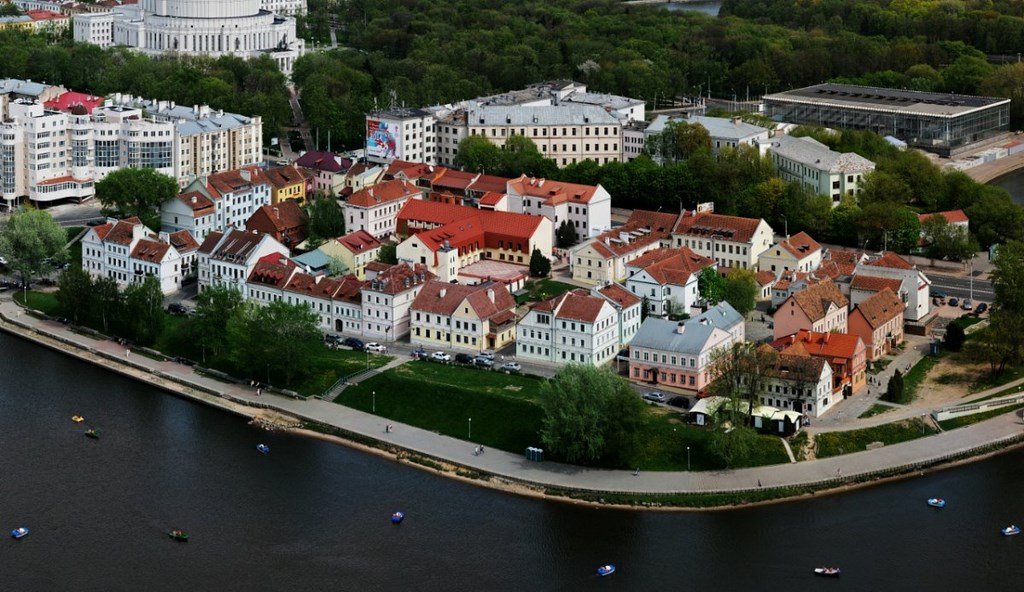
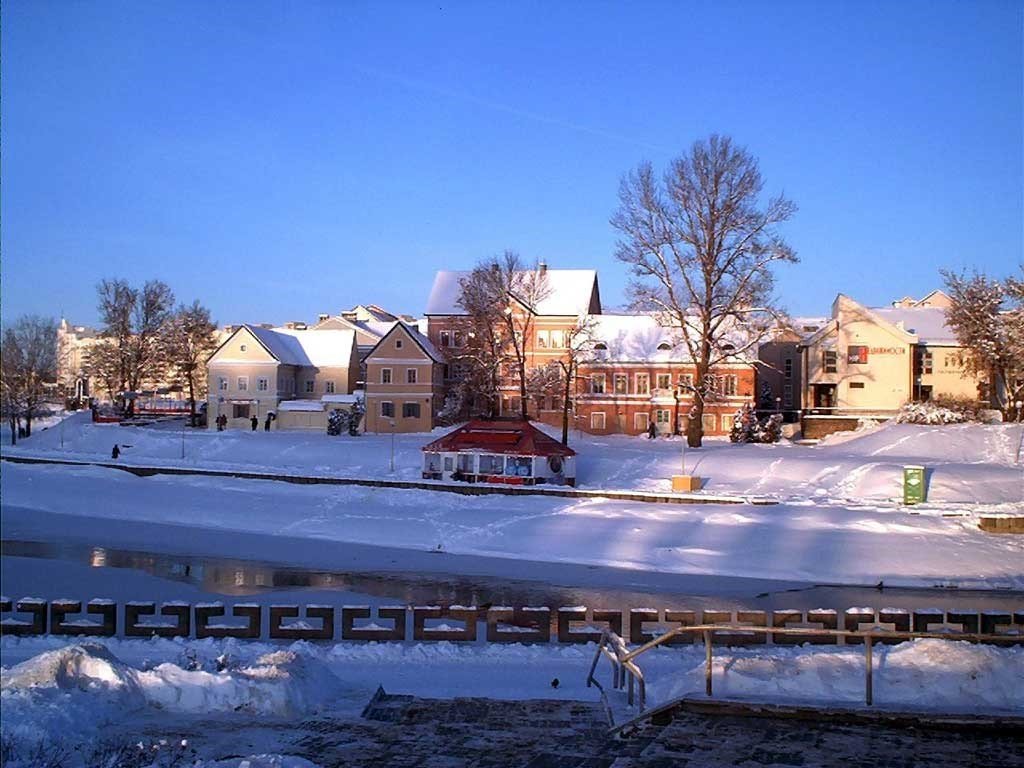
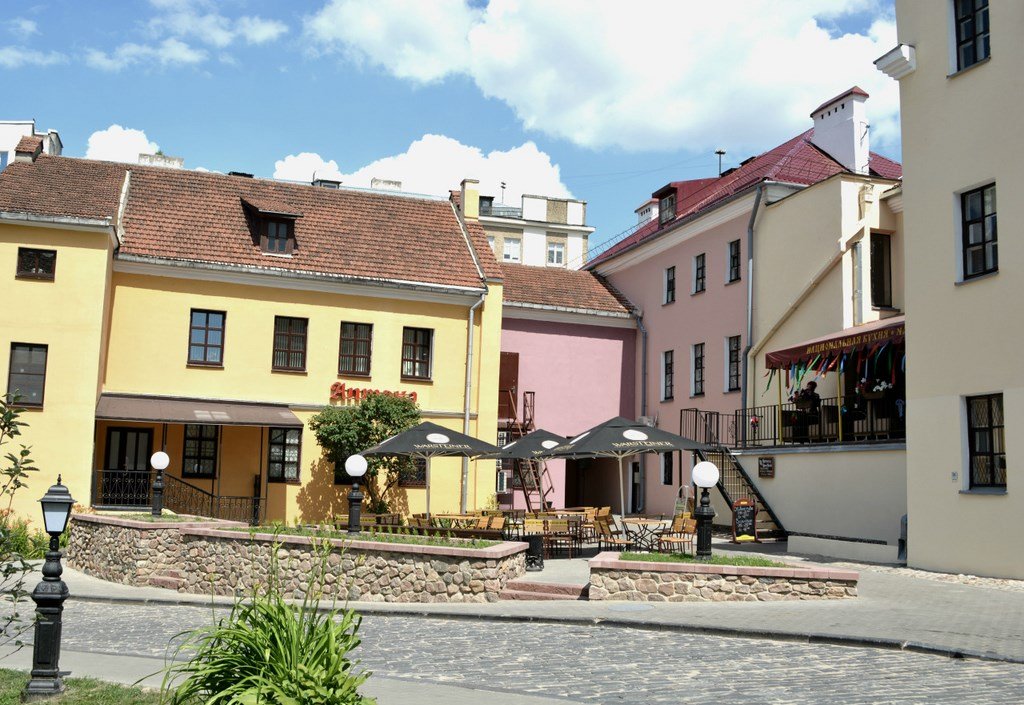

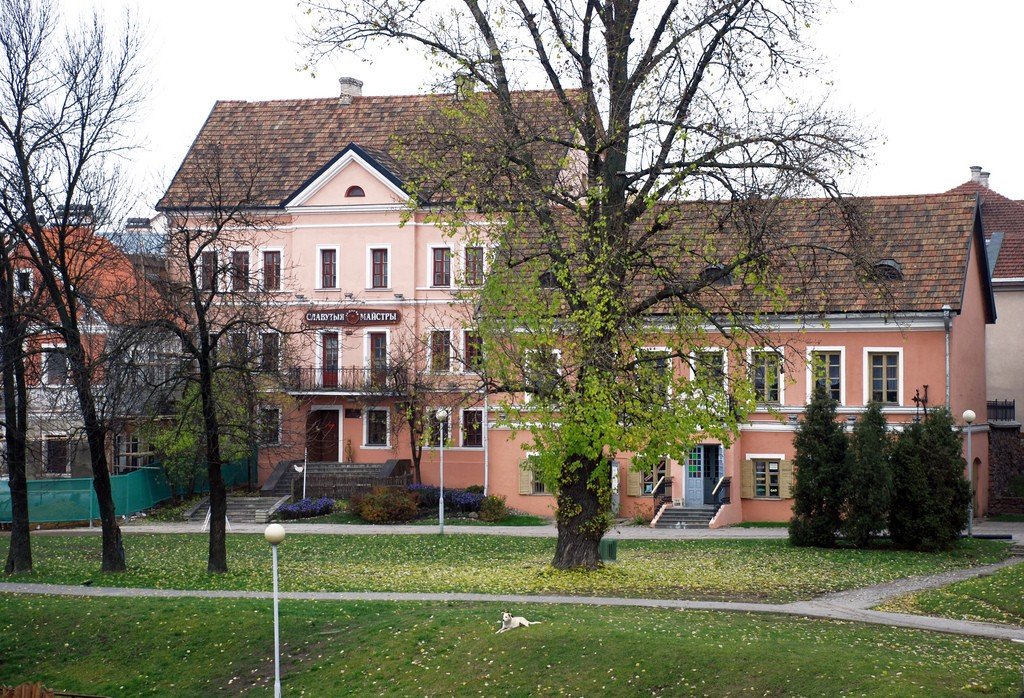

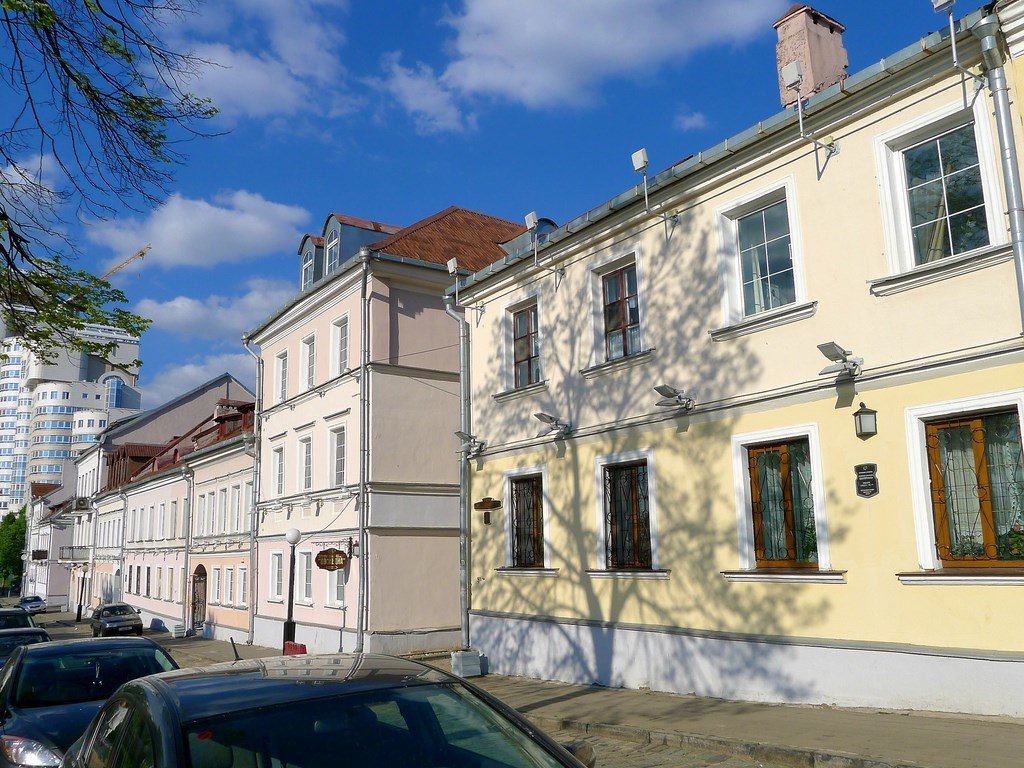
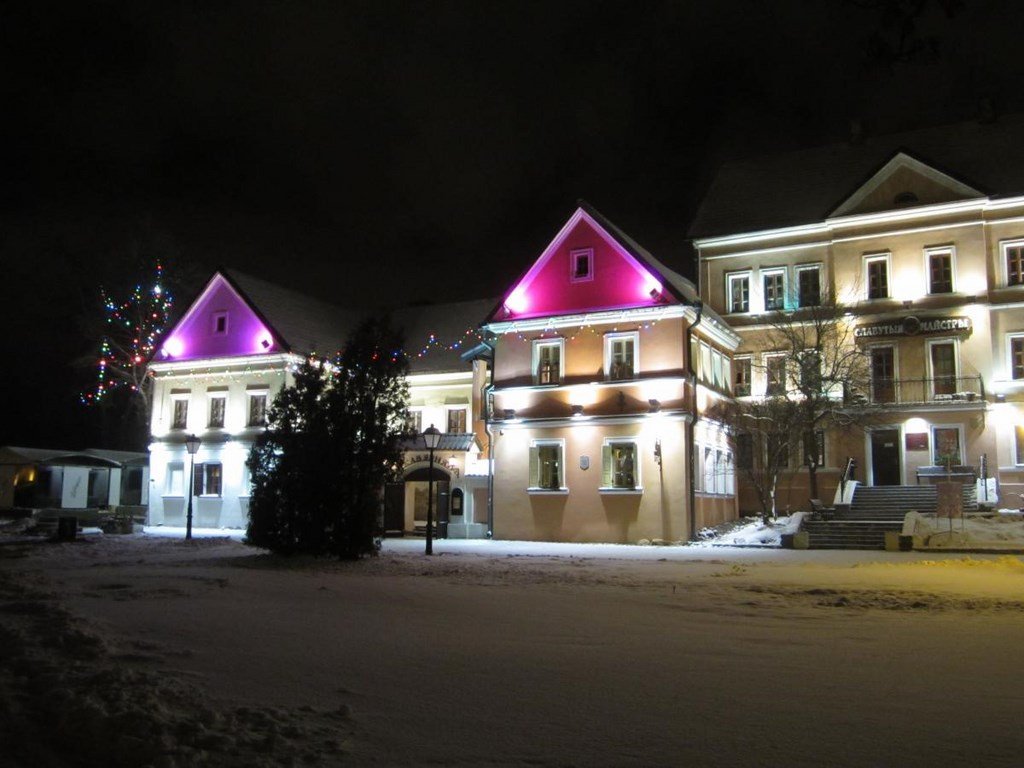
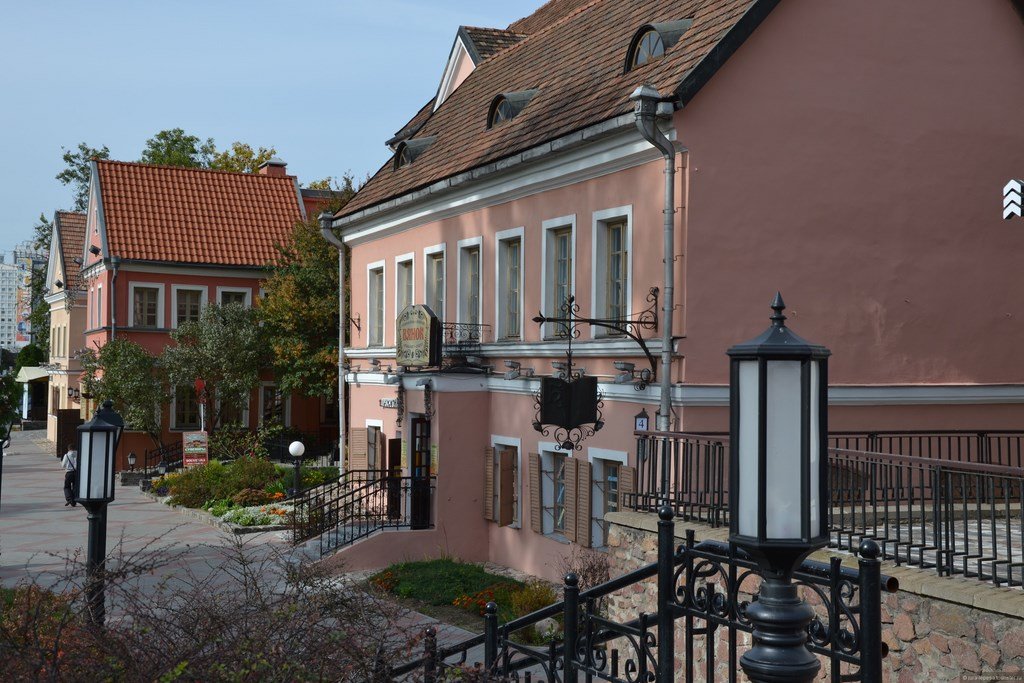
Video: Troitskoye Predmestye
ContentsGeneral Information
A characteristic feature of this neighborhood are its small buildings that look so natural and harmonious that they are perceived as a single architectural ensemble. Similar Trinity Mountain (this is the second name of the area) historical-architectural and cultural reserves are available in many European cities. But not every one of them can be compared with Minsk in terms of the age of the first settlements: in this quarter they appeared very long ago and coincided with the initial period of the High Middle Ages, from which we are separated by almost nine centuries.
.A kind of “mixture” of eras and cultures is also seen in the fact that in this area were the first Catholic church in the city and the Orthodox St. Boris and Gleb Church, St. Voznesensky Monastery and the monastery of the Catholic order of Mariavites, which have not survived to the present day. The Basilian women’s monastery of the Holy Trinity, which has survived only partially, also belongs to them. Today in this part of Minsk reigns a quiet and measured life. Not only Minskers, but also guests of the capital of Belarus are happy to walk here, relax, while getting acquainted with the sights, visiting museums and exhibitions.
.Excursion into history
The past of Troitsky Suburb is rich in events and is associated with many historical personalities. Suffice it to recall that it was here, in the heart of Minsk, that the fates of two outstanding classics of Belarusian literature crossed: poet, publicist, literary critic and translator Maxim Adamovich Bogdanovich and poet, playwright and publicist Yanka Kupala (Ivan Dominikovich Lutsevich). The former was born here, and the family of the latter lived here for some time.
The settlement called Trinity Hill was formed near the Svisloch River, on a hill, in the period from XII to XIII century. In those distant times this area was the center of economic life, where trade routes from Smolensk and Vilna, Mogilev and Polotsk crossed. At the end of the XVI century Trinity market began to work here, which immediately became the largest trading platform of the city. It was surrounded by fortifications, and Troitskaya Hill itself was inhabited by traders, craftsmen, peasants and military men living in wooden houses.
Why did the suburb get this particular name? There are several versions on this subject. According to one of them, the toponym originated from the name of the earthen defensive fortification of the Holy Trinity, according to another – from the Holy Trinity Nunnery. However, the most plausible version seems to be that the name of the area was given by the medieval Trinity Church, founded by the Grand Duke of Lithuania and Prince of Vitebsk Jagailo, who took the title of King of Poland in 1386. Indeed: in 1390 a Catholic church of the Holy Trinity was built in the suburb. It was built of wood, and at the beginning of the 19th century it burned down in a great fire. Despite such a sad ending, this religious building has forever gone down in history as the first church in Minsk, which existed for over four centuries.
.
Together with it, the buildings of other monasteries, churches and churches, which represented a single architectural ensemble, admired for its splendor, were significantly damaged by fire in 1809. Subsequently, the ancient layout was restored. Emperor Alexander I himself took care of it and gave permission for the realization of the corresponding project. It was restored in stone, but it did not save the historical look of the Troitsky Suburb from the shocks of the XX century. It was not only the war, but also affected many ill-considered decisions. For example, during the restoration of the Communal Embankment they “tried” so hard that its historical part disappeared to a large extent. And this was not the only loss…
.Individual buildings and even entire streets were destroyed in the 30s-60s. Little-known fact: on the site of the square, which is in front of the opera house, in the XVI-XVIII centuries. was a Catholic cemetery. And on the place of the Ascension Monastery, its construction dates back to the XVIII century, in 1945-1946 erected the headquarters of the Belarusian Military District. In the 80s of the last century some streets on the outskirts of Troitsky suburb suffered an unenviable fate. One ran along Svisloch, starting near the modern Suvorov College and ending near the Belarus Hotel.”
.Sights
Despite the fact that the modern look of Troitsky Suburb is not the same as it was a century ago, true connoisseurs of antiquity love to visit this place. The knowledge that Maksim Bogdanovich and Yanka Kupala stepped on its narrow streets is literally mesmerizing and mentally transports you back to those distant times. Especially interesting for tourists is the quarter located between the streets Starovilenskaya, Architect Zaborsky, Bogdanovich and the already mentioned Communal Embankment. It is it, erected in 1817 in accordance with the plan of regular development of Minsk, and is the basis of the state-protected historical center of the city.
.
The boundaries of the protected zone, which included the western half of the Troitsky Suburb together with the second city hospital, were approved back in 2004 by the Decree of the President of the Republic of Belarus Alexander Lukashenko “On the development of the historical center of Minsk”. The same document defined the concept of reconstruction, development and use of both the territory as a whole and the real estate objects located there. Three years later, the Council of Ministers adopted a resolution defining the status of historical and cultural sites of the Trinity Suburb, as a significant part of the cultural monuments of the entire capital is concentrated here.
.
What has already been done and what are the plans for the foreseeable future? The western part of the suburb has been restored and has become a real open-air museum. Not only the general style, but also specific examples of 19th century stone buildings have been restored and now these old buildings house museums, many retail outlets and cafes. It is planned to reconstruct the former Trinity Basilian Convent to house a business and tourist center. It is envisioned to be connected to the western part of the suburb by a pedestrian platform.
.
The most famous in the restored complex of buildings is, for example, the Vigdorchik House (Kommunalnaya Embankment, 6), where Dominik Lutsevich, Yanka Kupala’s father, rented accommodation in 1890. In the former Ushakov’s house – the corner of Aleksandrovskaya Street and the embankment of the same name – there is now a store “Glass and Porcelain”. And few people know that in one of the apartments, where lived Provisor Pavlovsky, secretly gathered Narodniks, who decided at one of the meetings to start publishing the magazine “Socialist Building”. At 15 Bogdanovicha Street – at that time it was Alexandrovskaya Street – at the end of the 19th century a shoemaker’s workshop was opened, which later grew into a full-fledged shoe factory. On the eve of the First World War, in 1913, the production employed four dozen workers and for one year alone made shoes for a considerable amount for those times – 55 thousand rubles.
.
On Bogdanovicha Street, 29, there are several buildings of the Suvorov Military School. They also represent historical and cultural value. The premises of the main building of the educational institution at the beginning of the XIX century were occupied by the monastery of the order of Mariavitok and hospital. Up to 1854 the building served as a church. After its transfer to the Orthodox Church it housed two editorial offices: the newspaper “Minsk Provincial News” and the magazine “Orthodox Brother”. In Beilin’s house at 3 Zaborsky Street (it was built in the mid-19th century) there was a locksmith’s workshop, where the active nationalist Mikhail Rabinovich, then a student at the Technological Institute of St. Petersburg, learned his trade.
.The largest object on the territory of Troitskiy suburb is the National Academic Bolshoi Opera and Ballet Theater of Belarus – the largest in the country. Its building, located in the center of Paris Commune Square, was erected in 1935-1937. In the old days, this place was the site of the Trinity Market. As one of the visiting cards is perceived and the building of the Defense Department of the Republic of Belarus on Kommunisticheskaya Street, 1, built in 1945-1946 and is a monument of classicism.
.Museums in the Troitsky Suburb
In November 1987, the State Museum of the History of Belarusian Literature opened in this neighborhood, which has become one of the largest museums of the republic: it houses over 50 thousand different exhibits. Many manuscripts and photographs, rare books, personal documents and things of Belarusian writers – all this can be viewed during the tour.
.
It’s a pity that the house where the famous classicist Maksim Bogdanovich was born has not survived to this day – a museum dedicated to his work would surely be here. Since there is no house, the latter was placed in a building nearby. The museum was opened on the 100th anniversary of the poet, in May 1991. Its expositions are placed in five thematic halls, each of which reveals a specific period of Bogdanovich’s life.
.
The older generation is probably familiar with the name of the Belarusian Soviet actor, director and writer Vladislav Iosifovich Golubok (1882-1937), the first People’s Artist of the BSSR. A whole branch of the State Museum of the History of Theater and Music Culture of the Republic of Belarus is dedicated to his creative heritage. It is located in Troitskiy suburb at 14 Starovilenskaya Street. As is known, the artist was repressed and sentenced to execution. Almost no archive of his theater has survived. Genuine artifacts, which you will see in the “Living room Vladislav Golubka” (so called the branch), his staff collected literally by bits and pieces.
.
In addition to museums, you can also visit a variety of exhibitions. For example, regularly held in the National Exhibition Center “BelExpo” on Yanka Kupala Street, 27 – many of them have an international status. The collections of the private gallery “Famous Masters” are of no less interest. Here, at Kommunalnaya Embankment, 6, products of modern arts and crafts are exhibited. On Storozhevskaya Street, 3 – the building of the Trinity Pharmacy – you can get acquainted with old books on pharmacy and samples of pharmacy utensils. And those who care about the environment are invited to the Museum of Nature, located at 9-a Bogdanovicha Street, in the building of the former synagogue.
.How to get there
Trinity Suburb is located at the address: Bogdanovicha Street, Minsk.
.You can get here by different types of public transport: metro (exit at Nemiga station), bus (route #57), trolleybus (routes #29, 37, 40 and 53); or by car, using the GPS satellite navigation system, coordinates: 53.908012,27.556571.
